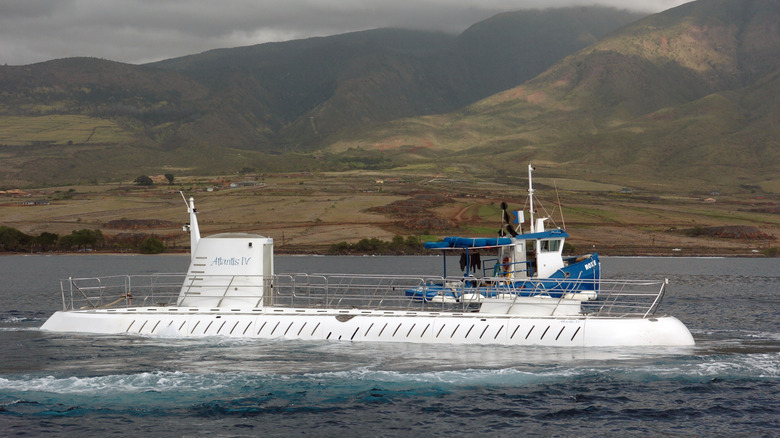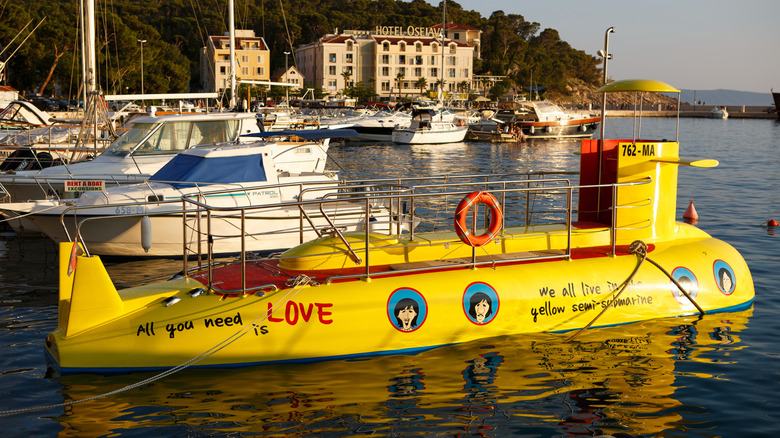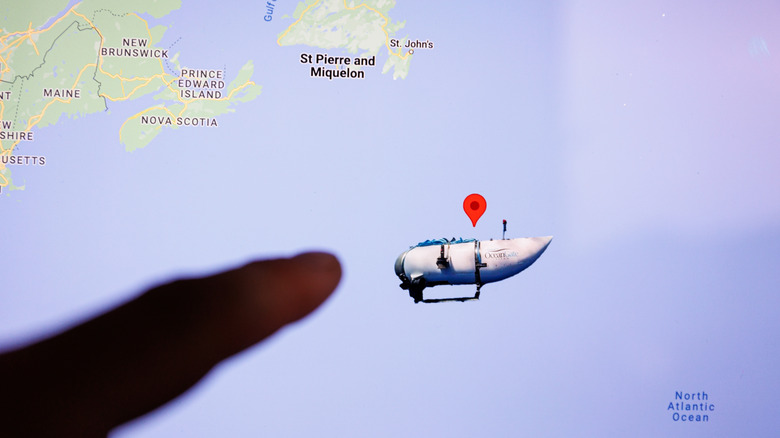What Are Tourist Submarines And How Deep Can They Go?
Tourist submarines offer a way for passengers to explore the ocean without having to train as a diver or grow gills. Staying dry is a nice perk, but the real appeal is seeing sea life up close without actually becoming part of the food chain. These vessels operate in coastal waters, diving just deep enough to reach coral reefs, underwater shipwrecks, and marine ecosystems. Unlike military or research submarines, tourist subs prioritize safety and passenger visibility. Most use electric propulsion and thus emit no pollutants.
Inside, the experience is more sci-fi than scuba. Passengers sit in a pressurized cabin, often with panoramic acrylic windows that curve around the hull. It's dry, air-conditioned, and surprisingly spacious, though you may have to share your view with a few eager fellow travelers leaning over for a glimpse of a sea turtle or shipwreck.
Pricing varies, too, from $120 rides in beach destinations to $300,000 underwater hotel experiences. Tourist submarines vary widely in design and capability, and thus, how deep they can take you also varies from sub to sub.
How deep can tourist submarines go?
Most tourist submarines are designed to operate safely up to 100 meters deep. This keeps them within reach of coral reefs and marine life while allowing quick access to the surface in emergencies. For example, the Sub Fun tourist subs in Lanzarote and Tenerife have conducted over 52,000 dives with more than two million passengers combined.
More advanced models can go much deeper. U-Boat Worx's Cruise Sub 5 and Cruise Sub 7 reach depths of 1,140 meters, the deepest for any tourist sub. These subs are used by cruise lines to offer exclusive dives far beyond what traditional subs can reach.
Meanwhile, Triton's DeepView24, operating at the Vinpearl resort in Vietnam, can dive up to 100 meters while offering a fully transparent 360-degree view through acrylic glass. It carries 24 people and merges luxury comfort with high visibility.
While a few subs like OceanGate's Titan targeted extreme depths (12,500 feet), those operations are rare and controversial due to the lack of safety oversight. Most tourist submersibles stay shallow for safety and logistics, especially after high-profile accidents like OceanGate's Titan implosion, where many things went wrong, leading to the suspension of its operations.
How safe are tourist submarines?
Safety varies depending on the type of sub and who built it. Certified subs undergo third-party inspections from bodies like DNV, which ensure international standards pertaining to design and construction are adhered to. Well-built models like those from Triton and U-Boat Worx include backup breathing systems, automatic surfacing features, and collision-avoidance tools.
But regulation isn't consistent. After OceanGate's Titan avoided traditional certification and tragically imploded on a Titanic dive, experts like marine naturalist McKenzie Margarethe stressed that "A certified submarine is a lot safer than public perception. Of course, there is risk when boarding a submarine, just as there is risk when you board a plane or get in your car". In another case, a tourist sub in Egypt's Red Sea sank in 2024 due to mechanical failure, killing six and injuring nine.
The risk also increases with depth. Tourist submarines operating under 150 feet can be assisted by divers in emergencies. But anything deeper makes rescue efforts harder and slower. Until international regulations catch up, passengers eager to explore the Titanic are advised to check that the tour operator uses submarines certified to go to Titanic, inspected by independent agencies.


